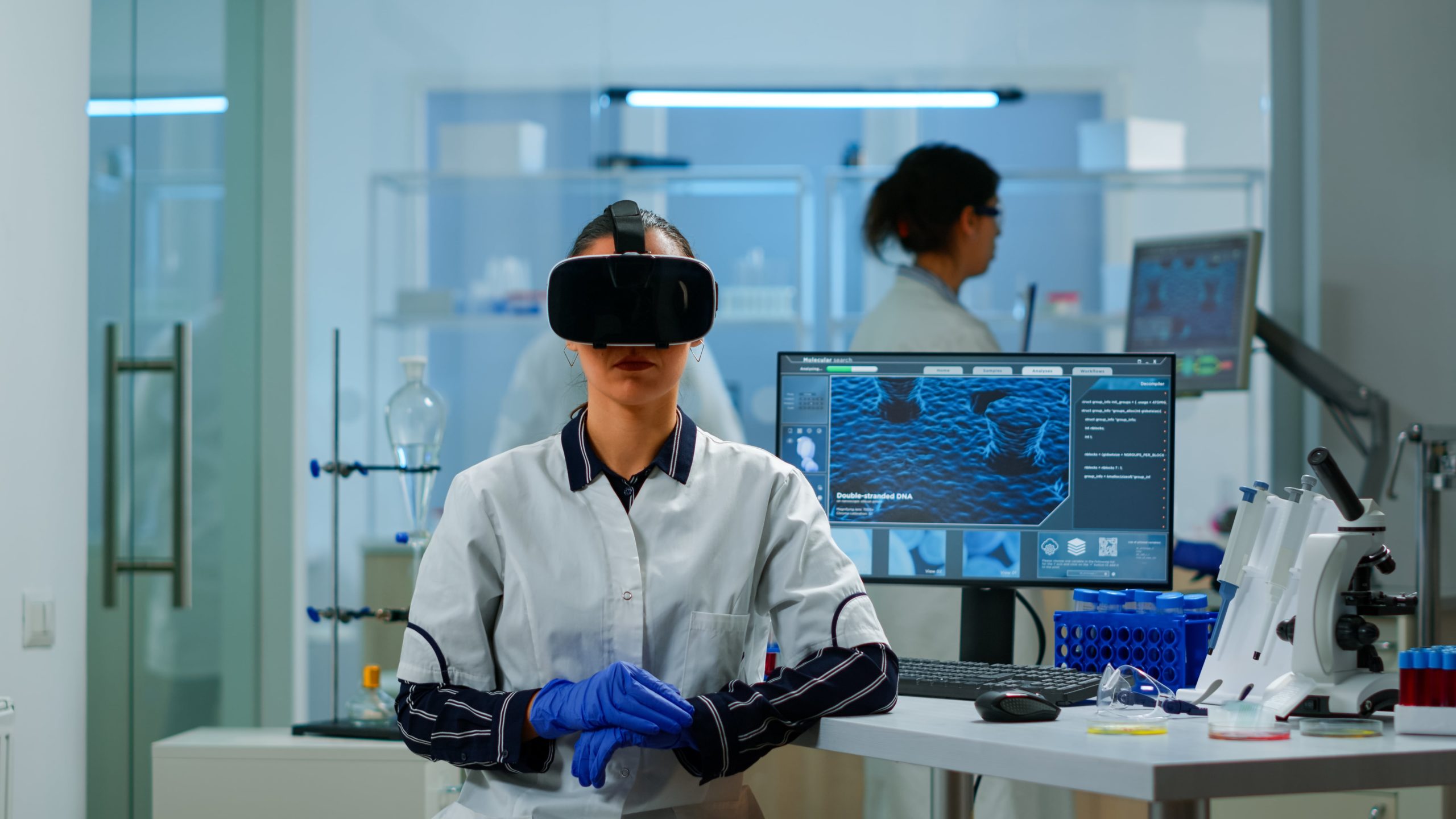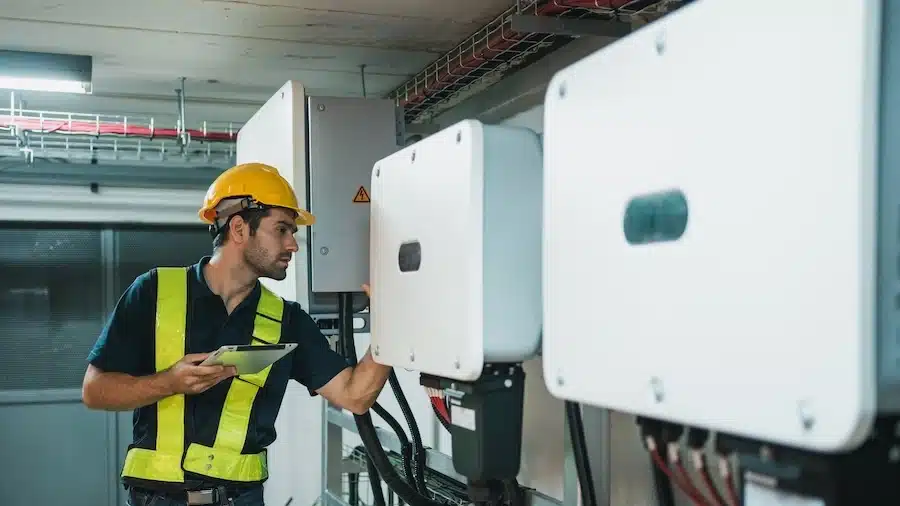Last year we wrote about virtual reality training for surgeons, concluding that it could provide an invaluable opportunity for surgeons to hone their skills in a low-risk environment before operating on live patients. Virtual reality tends to hog the limelight, but what about augmented reality? Despite often being seen as a less exciting version of VR, AR offers a number of advantages which could have huge benefits for the medical sector. Let’s take a look at the history of AR and the ways in which it is set to revolutionise healthcare in the near future.
What is AR?
While virtual reality creates an entirely new world which users experience immersively, AR merely accentuates the world we live in. The real world is viewed through a device such as a mobile phone or a pair of smart glasses which overlays digital elements onto the user’s field of vision. Although AR has existed in a very basic form since the 1960s, the first major attempt at creating an immersive AR experience came in 1992 when the US air force created a ‘virtual fixture’ system. This allowed trainee pilots to receive visual information through a headset without having to look away from the task at hand, showing the potential of AR as a workplace training tool.
AR has continued to improve throughout the last two decades, but many people’s first experience of the technology came in 2016 when Pokémon GO took the world by storm. The mobile app allowed users to ‘catch’ Pokémon which could be seen in real-world locations, using a smartphone as a viewing device. It became one of the most successful mobile games of all time, with current download figures standing at 750 million worldwide.
Gaming is a natural application for AR, but what about medicine? Could the same technology used to train pilots and catch Pokémon also save lives? In recent years a number of companies have found ingenious ways to improve healthcare using AR. Here are just a few:
Emergency defibrillators
In an emergency, finding a defibrillator quickly can mean the difference between life and death. Many public areas have defibrillators for these situations, but very few people know where they are. AED4EU is an app created at the Radboud University Nijmegen Medical Centre in the Netherlands. It keeps track of all publicly-available defibrillators and allows users to add more to the database. Users can download the app and, in the case of an emergency, can use their phone to find the nearest defibrillator. The location and route are displayed as an AR overlay on the user’s screen, meaning that they don’t have to waste valuable seconds stopping to check for directions.
Finding a vein
Many people fear getting a blood test because they are worried that the doctor or nurse will fail to find a vein on their first attempt, leading to a long and painful experience. AccuVein is a company using AR technology to greatly increase the chances of finding a vein first time round. A handheld scanner projects an illuminated image of the patient’s veins, allowing the medical professional to find a vein more easily. According to the company, up to 40% of intravenous injections miss the vein on the first attempt but AccuVein makes it 3.5 times more likely that an injection will succeed the first time. You can see the device in action in this video.
X-ray vision
Augmented reality is on the verge of turning surgeons into superheroes by giving them X-ray vision. US company Medsights Tech are currently developing technology that can create accurate 3D representations of tumours which surgeons can view in full 3D and manipulate in real-time before proceeding with an operation. Unlike a traditional X-Ray, this technology has the benefit of not exposing the patient to unnecessary amounts of radiation. This video explains more.
Google Glass
Although Google Glass was a commercial flop, it is currently making a comeback as a workplace tool. Last year we reported that factories are discovering its benefits as it allows workers to receive information without having to stop work or halt production lines. The same is true of hospitals. In an emergency situation a doctor can examine a patient while a specialist in another location ‘sees through their eyes’, allowing them to give their expert opinion in cases where they don’t have time to attend the patient. Google Glass can also provide invaluable visual information to surgeons during a procedure. A team at a hospital in Warsaw recently used Google Glass during a complicated coronary bypass operation, allowing them to see 3D recreations of the patient’s heart and arteries which they could control using voice commands.
Put simply, AR is a way to convey information without interrupting the user’s experience of reality. This makes it a perfect fit for the medical sector where most work is practical and requires intense concentration. VR may grab the headlines, but AR could be the real key to improving healthcare in years to come.
Helping the innovators
AR is just one of many new technologies that looks set to transform healthcare. If your company is working on an innovative project in this sector, you should consider applying for an Innovate UK grant. The organisation is currently running round two of its Digital Health Catalyst competition. UK businesses can apply for a share of up to £8 million for projects that aim “to speed up development of commercial digital health solutions.” The competition scope lists several specific technologies that Innovate UK is keen to encourage, and these include both augmented and virtual reality.
Because the grants are awarded on a competitive basis, you’ll need to make sure that your application really stands out. Luckily, we can help. We have experts on hand who can guide you through the process, ensuring that you stand the best possible chance of success.
Get in touch today and let’s get to work.





